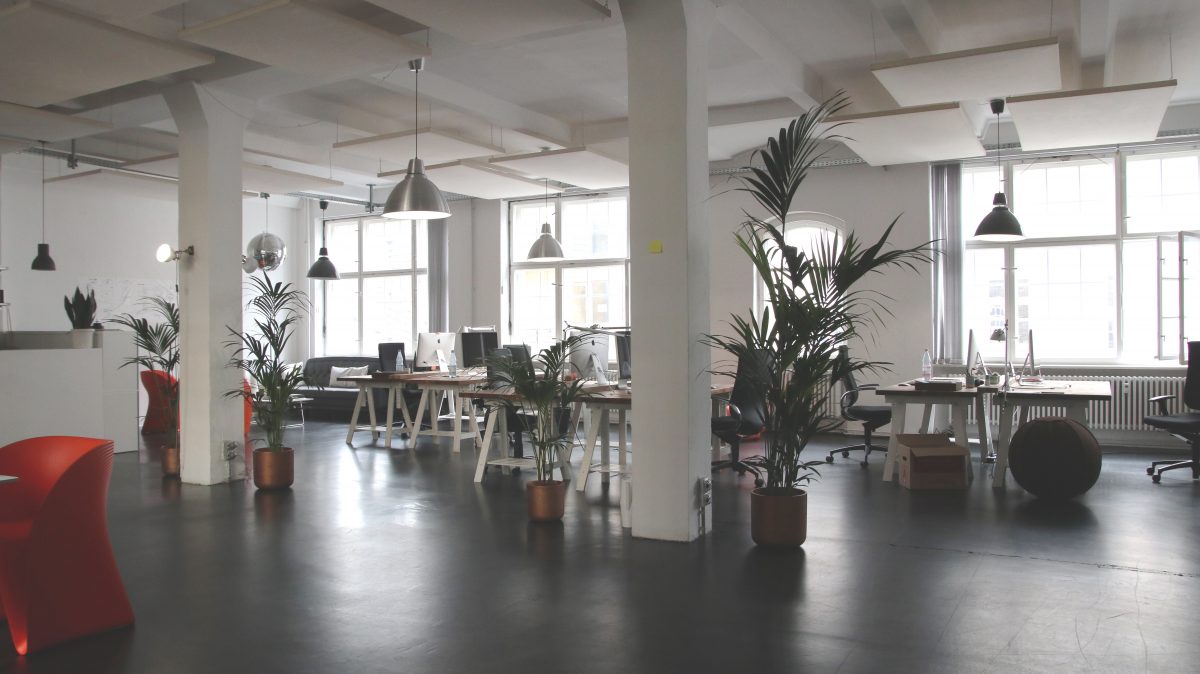Is it too early to be talking about heading back to the office post-COVID-19? Probably not. Our transition to working remotely happened fast and suddenly. There was no planning and strategy work to prepare; it was mandated and we just transitioned.
Slowly but surely, governments around the world are in discussions and planning for transitioning back to work and re-opening the economy. Some have already lifted restrictions and we’re seeing parks and beaches start to fill as people swarm to resuming some normalcy in their life.
Our transitions back to the office however leave us with some time still to plan on how life at work will look like. While the eagerness of being back in an office is real for those who’ve had enough of the work from home life and are ready to ‘get back to work,’ leaders are busy preparing for what life in the office will be.
Questions such as the following may come up:
What will the layout of offices, conference rooms and cubicles look like?
How will use of elevators and hallways be managed to avoid crowding and maintain social distancing?
What cleaning and sanitization will take place during and post office hours?
The list goes on I’m sure and there is much to consider.
While the physical layout of work offices is important no doubt as work-life in office will certainly look different, the psychological wellbeing of employees and the effects of this global pandemic will last far longer. The care and planning for the mental health and wellbeing of every employee will create a heightened priority above all else.
Increased awareness of mental health and how organizations can manage this in the workplace was already on the list of priorities prior to COVID-19. With no expectation or plan for a crisis of this magnitude to understand the effects, it would have; it’s now jumped to the top of the list of priorities.
Mental health organizations and doctors have already commented that mental health has significantly increased since the pandemic and long-term plans are necessary to support people in coping with the spike in stress and anxiety.
Margaret Eaton, head of the Canadian Mental Health Association said in a Globe and Mail article it can take up to two years for someone who’s experienced a tragedy to resume a normal life.

That means all the wellness and ‘self-care’ practices that have been suggested and recommended by health practitioners and the like don’t go out the window once we begin to transition back to some routine and normalcy. In fact, they will be required even more including back in the office.
So, what can you do as an organization to support the wellbeing and cater to the mental health of your employees in the office post-COVID-19?
- Maintain your daily check-in’s – virtual meetings on Zoom were all the rave when we transitioned and team meetings and 1:1 check-ins were heightened. Some loosely created as a way to ‘check-in’ and see how your people were doing. Maintain those – for as long as they’re needed. Especially in the beginning where employees will be getting acclimated to in-office work-life maintaining social distancing and such, space and time to be able to share how they’re doing will go a long way.
- Incorporate wellness activities regularly into the work schedule – I’ve spoken about the creativity that’s available to organizations creating a benefits plan that works for your employees and is relevant to catering to the whole person. A holistic plan that is empowering and caring for employees in all areas of their life. Part of that includes wellness and alternative benefits that cater to the mental health of an individual. Think meditation studios and apps that can be purchased and accessible from a personal device. If you don’t have a nap pod like Thrive Global for employees to nap and/or decompress, what can you offer that allows employees to take a break and relieve stress or take some quiet time? How can you create space and time that allows employees to benefit from and participate in such activities regularly?
- Mental health practitioners, executive coaches or other service providers on-call – Having wellness options or the like as part of a benefit plan is one thing and having specific practitioners on hand and available is another. Make it easy for employees to access support if needed. Your employees may not need a trained therapist or mental health practitioner and perhaps may benefit from an executive coach instead. Having practitioners on-call that support mental health and wellness, in general, demonstrates an investment in your employees. Consider this a strategic investment if the financials around this start to make your stomach turn and think long-term. Again, we have every opportunity moving forward to create a business and life that works for us, not hurts us.
- Patience, patience and more patience – line up’s, delays, navigating a newish looking office, more frequent elevator rides to maintain social distancing and so on. Everything from the commute times at the start of your day, your actual workday to the commute ride back home will look different, which means employees are bringing the emotional and mental toll to the office and back home. No one is predicting this to be easy, however, adjustments will be made and #allinthistogether is still important as we merge into new normalcy in work life.
Planning what life at work will look like post-COVID-19 is an opportunity to create and build a new. For many, a challenging and uncertain transition, yet hopefully, one that offers hope, optimism and enthusiasm to create an experience that supports the long-term wellbeing for us all.
How do you envision life at work post-COVID-19? I’d love to hear what ideas you have as businesses of all sizes can benefit from your insights.
In it together,
Lisa ?


